
Apple has presented its new 2021 iPhone and among the four models, which copy the same scheme from the previous year, there are two that are the most interesting due to camera issues: 13 Pro and 13 Pro Max. In both, the main camera system has been completely renewed and that is why it is interesting to talk about its novelties, both in hardware and software. we tell you all about the new cameras of the iPhone 13 Pro and Por Max.
The most advanced cameras on an iPhone
After the presentation of the new iPhone, the sensations regarding this new generation of phones must be recognized that they are somewhat strange. On the one hand it seems that little or nothing has changed, on the other there are details that are going to make a difference and reposition it as the rival to beat for the rest of the competition in the smartphone sector.
Among these changes are those that affect the photographic section and also the video. Because the iPhone 13 Pro and iPhone 13 Pro Max have seen how all the main camera system is completely renewed. Not only in sensor issues, but also in optical issues. The result? Well, according to Apple, the biggest leap in quality issues in recent years and with which they become the iPhone with the most advanced camera.
Ok, this last statement is a bit obvious and it wasn't necessary. Of course, it is assumed that they must be the most advanced iPhone in camera, they are not going to go backwards. But hey, we already know how marketing departments are. What we are interested in is telling you what these changes are, what they imply and the details that you may have missed if you saw the presentation. Or, in case you couldn't, what you should know about them. So you can assess whether this is the phone you should buy or not this year.
The cameras of the iPhone 13 Pro and 13 Pro Max at a technical level

Let's start by reviewing from a technical point of view what these three cameras offered by the main module are like and why Apple insists on that completely renewed phrase. Of course, before continuing the great news, this year there are no differences between the Pro model and the Pro Max. That means that opting for one model or another will no longer be something you have to decide if you want the best in cameras or not. Now the decision will be conditioned by whether you want a screen with a larger diagonal and more battery. In the rest of the sections they are identical.
Come on, let's start shelling out the cameras of the iPhone 13 Pro and 13 Pro Max. Both devices feature three cameras: telephoto, angular, and wide-angle. The three sensors have the same 12 MP resolution and to make it easier for you to know the small details of each one, here is a quick scheme.
- La angular camera (Wide) or main It has a sensor with a resolution of 12 MP and a pixel size of 1,9 microns. It's the largest seen on an iPhone to date and that allows for better performance in low-light scenes. In addition, the aperture is f1.5 and it has an optical stabilization system capable of moving the sensor to compensate for movements even when the user is not still.
- La ultra wide angle camera (Ultra Wide) For its part, it repeats resolution issues with a 12 MP sensor, but the lens with a greater viewing angle has an f1.8 aperture. The most striking thing here is that together with the design of the lens itself plus the phone's software, it can be used for macro photography with a minimum focus distance of 2 centimeters. An interesting improvement without having to resort to dedicated sensors that contribute little later on a day-to-day basis.
- El Telephoto lens For its part, it is also renewed with a new 12 MP sensor and a lens with a focal length of 77 mm that allows a 3x optical and 6x digital zoom. Ok, you won't use digital when you want the best quality, but it's an extra.
Only at a technical level the three cameras of the new iPhone 13 Pro and Pro Max already improve compared to their previous models. And best of all, as we have said, there are no differences between the Pro and Pro Max. So if you like a more compact phone, you won't have to sacrifice that comfort to get the best camera.

Everything they offer in photography
- 12MP Pro camera system with telephoto, wide-angle and ultra-wide angle
- Telephoto: ƒ/2,8 aperture
- Wide angle: ƒ / 1,5 aperture
- Ultra wide angle: ƒ / 1,8 aperture and 120 ° field of view
- 3x optical zoom in, 2x optical zoom out, and 6x optical zoom range
- Digital zoom up to x15
- Portraits in Night mode with LiDAR scanner
- Portrait mode with advanced bokeh effect and Depth Control
- Portrait Lighting with six effects (Natural Light, Studio Light, Outline Light, Stage Light, Mono Stage Light and Mono High Key Light)
- Dual optical image stabilization (telephoto and wide angle)
- Sensor-shift optical image stabilization (wide angle)
- Six-element lens (telephoto and ultra-wide) and seven-element lens (wide)
- Flash True Tone with slow sync
- Panoramic photos (up to 63 Mpx)
- Sapphire glass lens cover
- 100% Focus Pixels (wide angle)
- Night mode
- Deep Fusion
- Smart HDR 4
- Photo Styles
- Macro photography
- Apple ProRAW
- Wide color gamut for photos and Live Photos
- Lens correction (ultra wide angle)
- Advanced red-eye correction
- Photo geotagging
- Automatic image stabilization
- burst mode
- Image capture in HEIF and JPEG format
Everything they offer in video recording
- Cinema mode to record videos with shallow depth of field (1080p at 30 f/s)
- HDR video recording with Dolby Vision up to 4K at 60 fps
- 4K video recording at 24, 25, 30 or 60 fps
- Video recording in 1080p HD at 25, 30 or 60 fps
- Video recording in 720p HD at 30 fps
- ProRes video recording up to 4K at 30 fps (1080p at 30 fps on models with 128 GB capacity)
- Double optical image stabilization for video (telephoto and wide angle)
- Sensor-shift optical image stabilization for video (wide angle)
- 3x optical zoom in, 2x optical zoom out, and 6x optical zoom range
- Digital zoom up to x9
- Audio zoom
- Flash True Tone
- QuickTake video
- Slow motion video in 1080p at 120 or 240 fps
- Time-lapse video with stabilization
- Time-lapse with Night mode
- Cinema-quality video stabilization (4K, 1080p and 720p)
- Continuous autofocus
- Option to take 8 Mpx photos while recording 4K video
- Playback with zoom
- Video recording in HEVC and H.264 format
- Stereo recording
It's not just hardware, it's also software
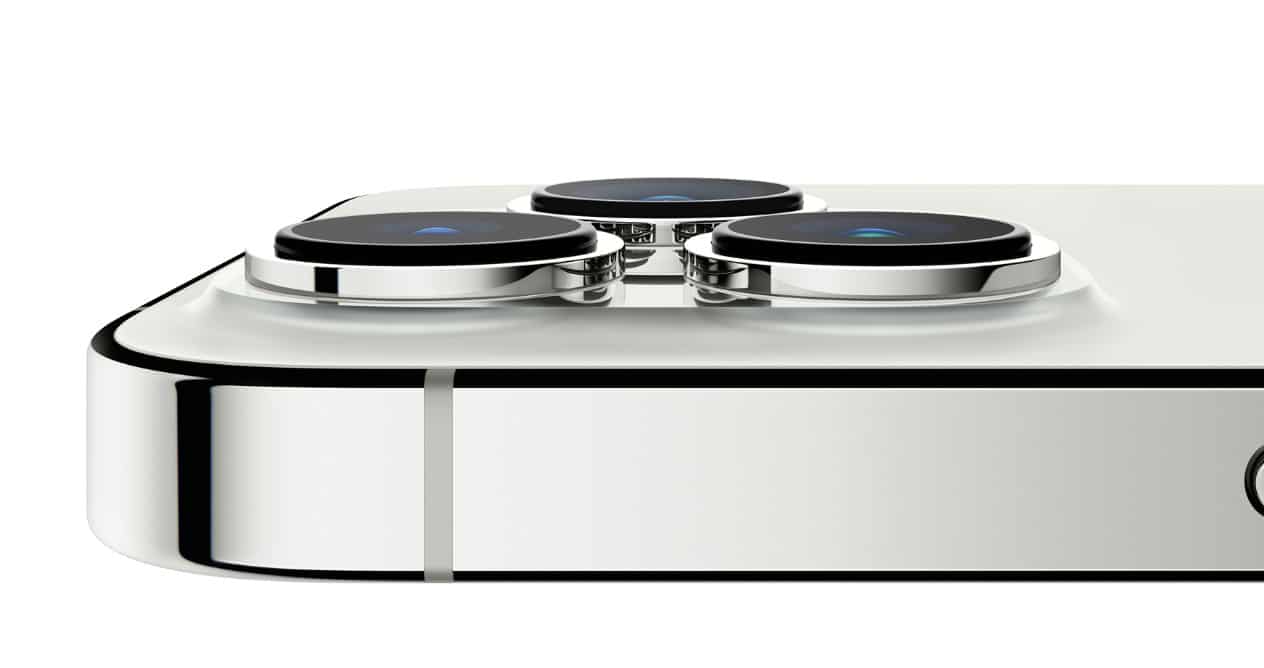
The last years have taught us that the software is equal to or more important than the cameras themselves. Here the highest representative of this statement has been Google with its Pixels, but Apple also has a lot to say in everything related to computer photography. Especially this year, which incorporates a series of options that, although other Android manufacturers already offered, now it will be necessary to see to what extent it is true that they are late, but better than anyone.
To achieve all this, the first thing to do is talk about the new processor, the Apple A15 Bionic. This new chip is made up of 6 cores, two high-performance and 4 high-efficiency. Together with them there is a new 5-core GPU which will only be on the Pro and Pro Max models. In the iPhone 13 the GPU has one less core, something similar to what happens with the different configurations of the MacBook Air. Apple stuff.
And finally, the new processor is complemented by a much faster neural engine, a new ISP and advances in computational photography that allow new features when taking photos or recording video. So, it is this combination of hardware and software that seeks to give it an advantage over the competition and continue to make its cameras the reference to beat.
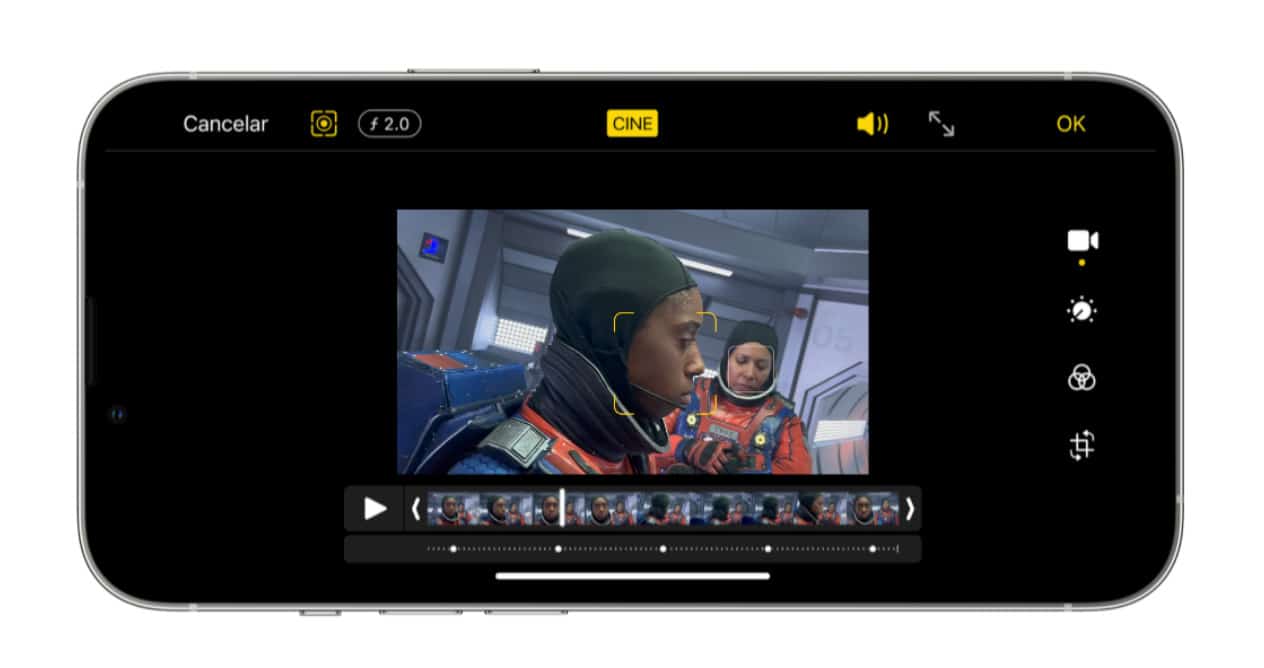
What new software does the new iPhone 13 Pro and Pro Max offer? Well, to begin with, the most striking of all: the cinematic mode. This basically consists of taking the portrait mode that we know in the photo section to video recording. But be careful, because there are details here that make a difference.
When the cinematic mode is activated in the new iPhone of 2021, the subject that we want to focus on can be selected and everything that is behind it will have that bokeh or blur effect applied, which can be selected if we want it to be more pronounced. or less (varying the aperture value).
Interesting? Well hold on there's still more. That bokeh effect not only applies in real time, but also can be modified later, after the video clip is recorded. Because these iPhones save all the information regarding the depth of field, so you can access the editing options and create focus transitions, thus giving new creative options that will emulate what can be done with professional photo and video cameras.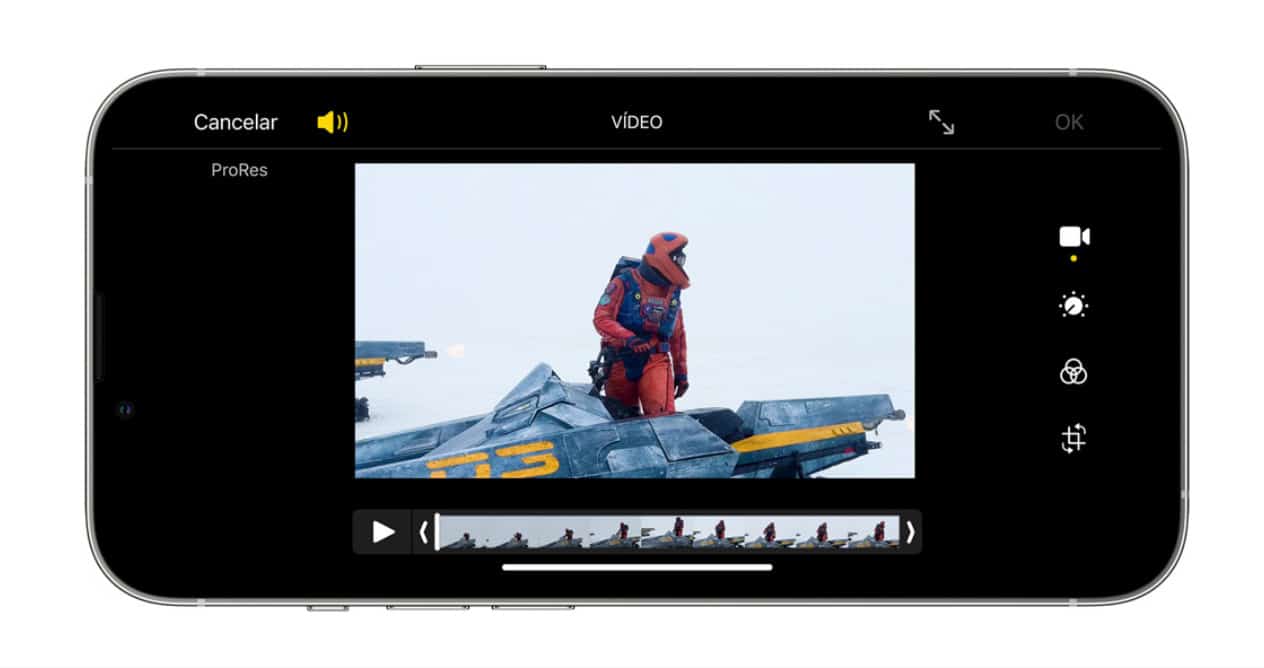
To this possibility in video recording we add the use of a new professional codec, ProRes. This allows you to create professional workflows and provide the user with a higher quality both in the final file and when working in post-production. Although watch out for this: only iPhones from 256GB onwards can record video ProRes at 4K resolution and 30 fps. The 128GB models only go up to 1080p resolution at 30fps using ProRes. The feature will come later, not with the release of the phones.
By the way, in cinematic way se records in Dolby Vision HDR already a 1080p maximum resolution. And returning to the photographic section, the new ISP allows you to enjoy a new function called photographic styles. These allow the user to vary aspects of the image such as tone, warmth or vividness in real time. Always taking into account aspects such as skin color so that strange final images are not produced.
And speaking of the skin processor, the cameras will also enjoy Smart HDR 4, a new version that is capable of analyzing an image, separating it into layers and applying adjustments to achieve an optimal high dynamic range result without affecting the different types of skins. that may be at the scene.
Examples of the camera of the new iPhone 13 Pro and 13 Pro Max
The following photographs are promotional Apple. This must be noted because, normally, they are carried out taking into account the light situations in each one of them. So they may be far from the real situations that most users with less photographic knowledge who just want to point and shoot will later find themselves. However, they serve to get a good idea of how far these cameras and their different options could be taken.
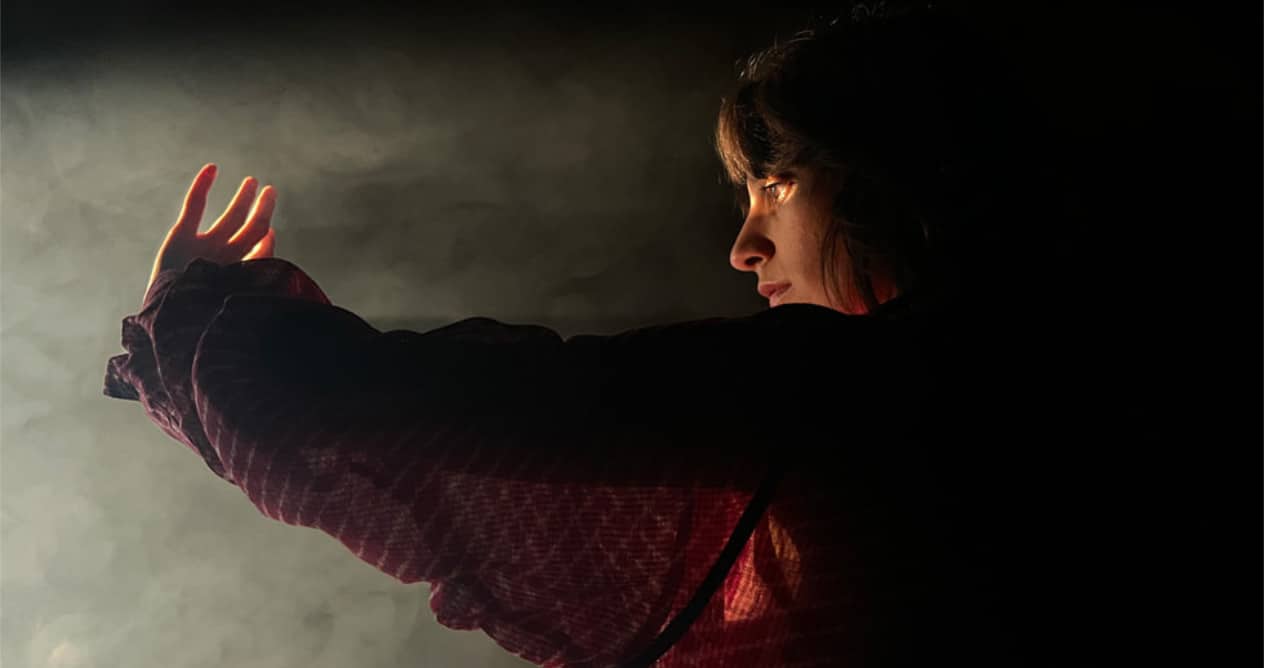

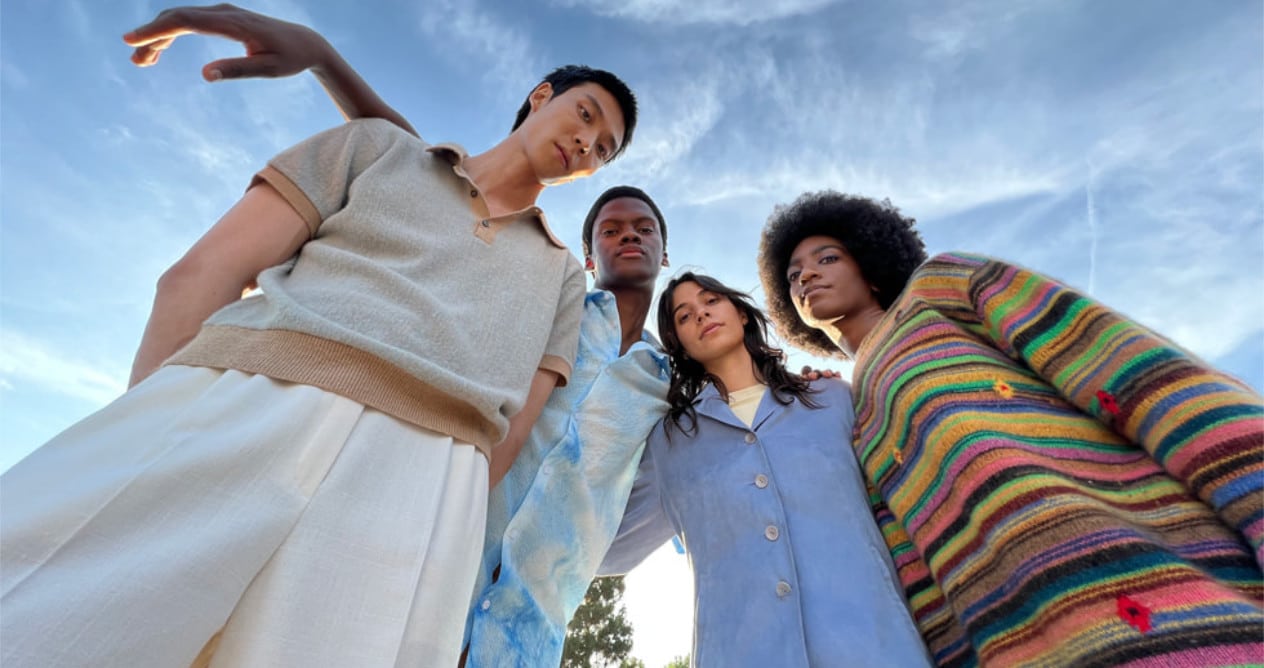
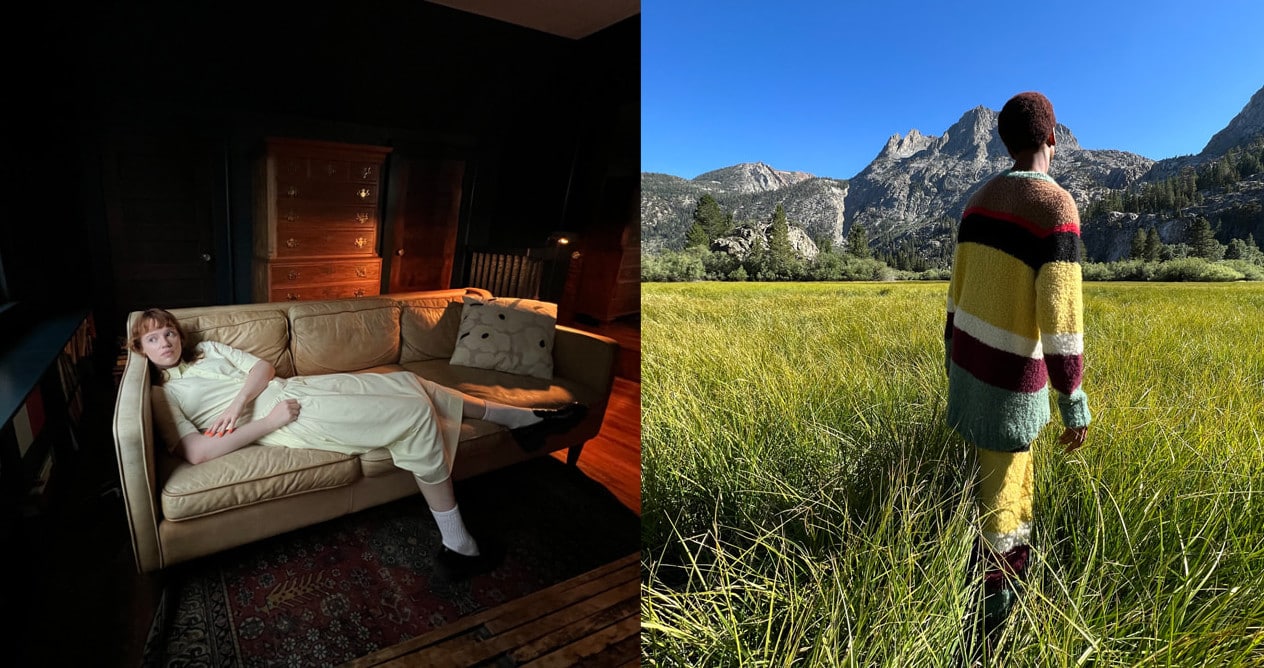

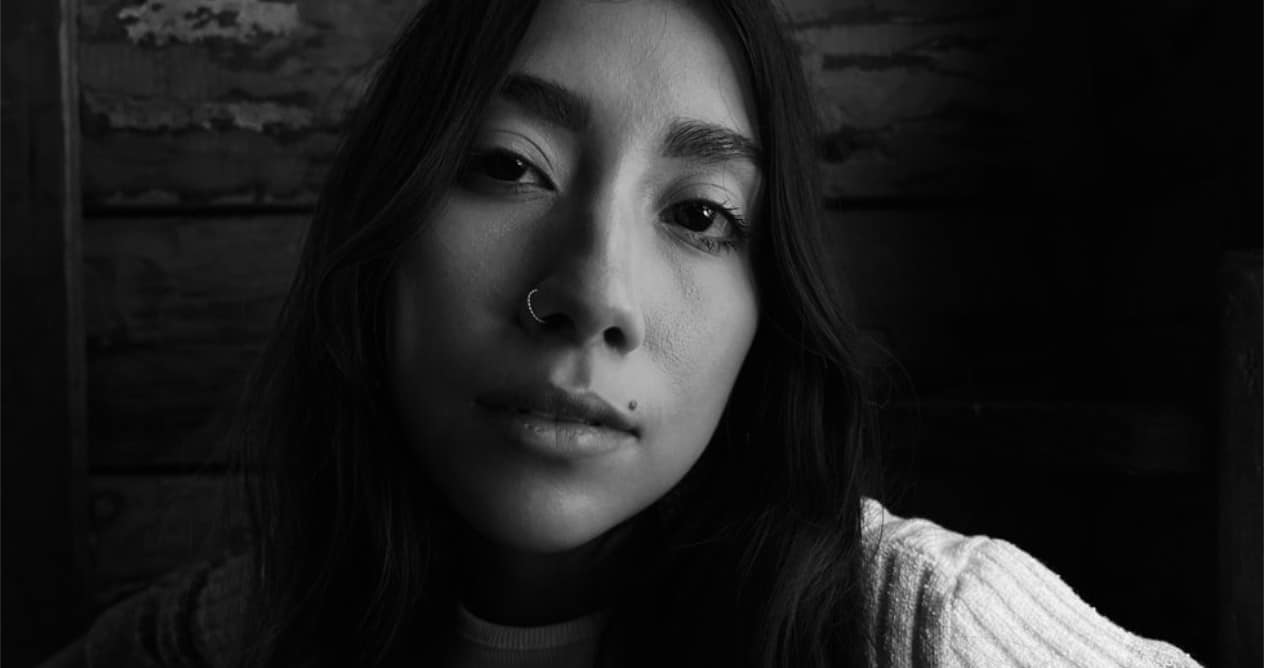
The following examples correspond to the macro photography, which is the first time it has been offered on an iPhone really.

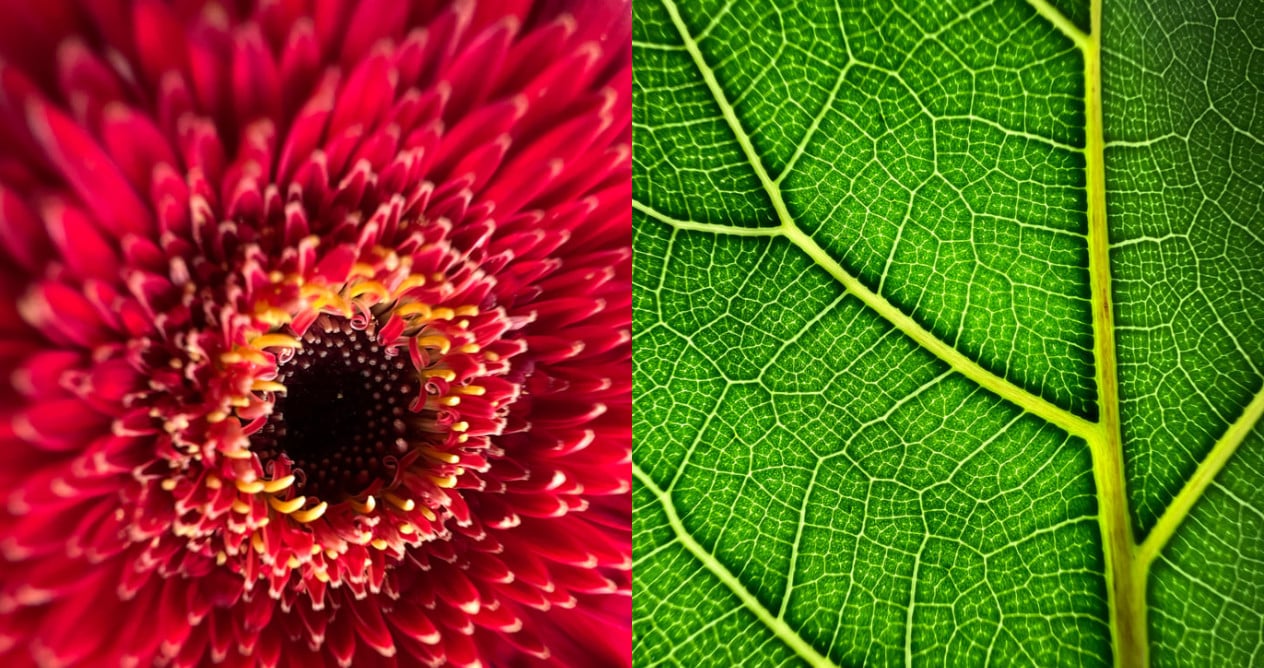
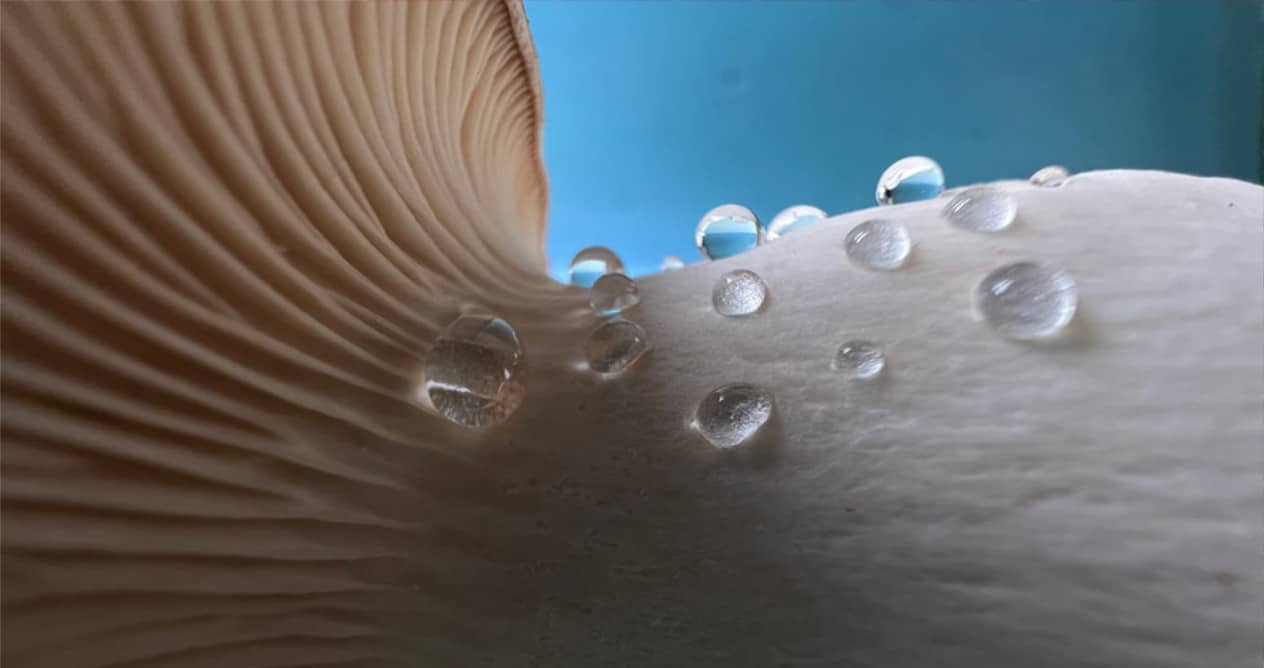
Some cameras to test thoroughly
El quality jump of the new cameras on the iPhone 13 Pro and iPhone 13 Pro Max appear to be real. Really knowing to what extent compared to the previous generation will be difficult for now, but it does seem that there will be an improvement not so much because of the sensors and optics but because of the software.
So stay tuned because as soon as we can show you more details and examples made by ourselves we will do it both here and on the YouTube channel.